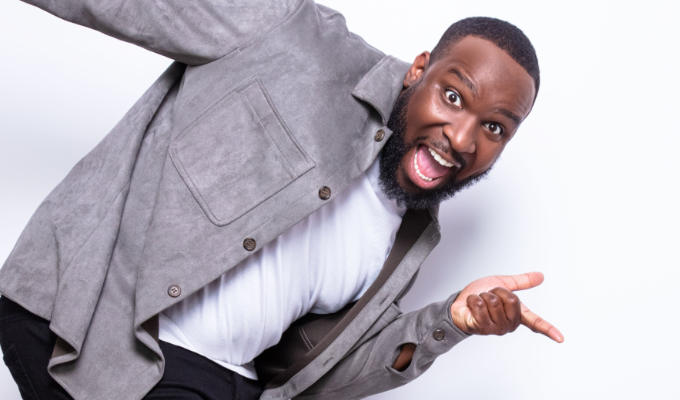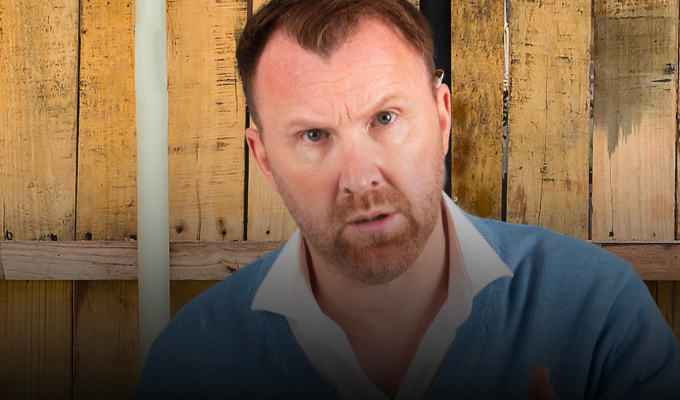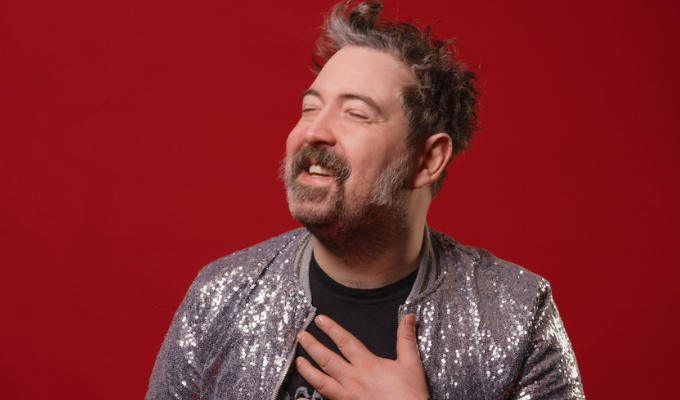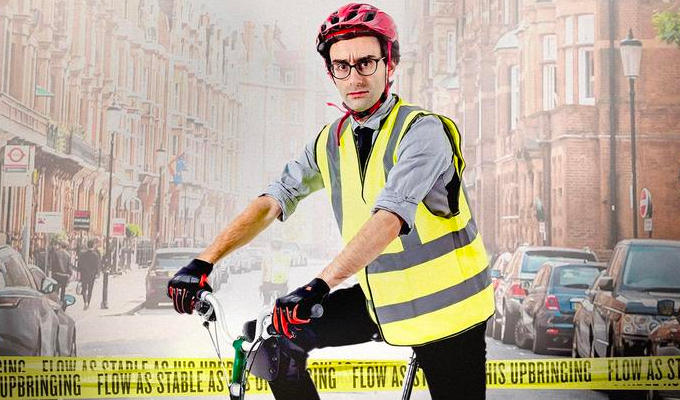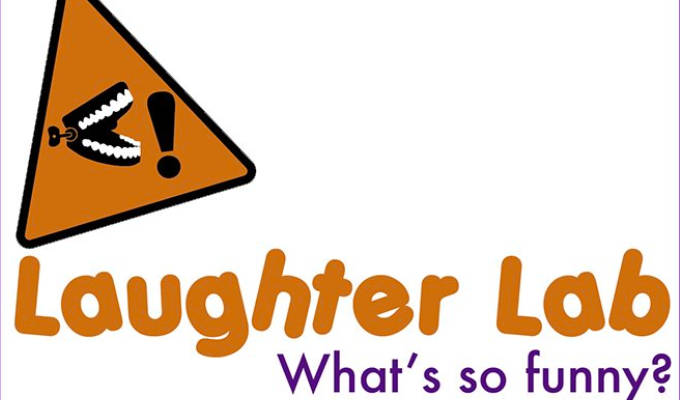
What makes a cartoon funny?
Museum research aims to 'crack the secret code'
Scientists are trying to get to the root of what makes cartoons funny.
Visitors to The Cartoon Museum in London from today will be asked to rate which of the illustrations on display makes them laugh.
Curators say the experiment will ask: ‘Will we uncover the algorithm behind the cartoonist’s art? Or does humour belong to the realms of magic and mystery? Will the holy grail of humour be uncovered?’
The aim is for the research, being conducted by Robin Dunbar, professor of evolutionary psychology at University Oxford university, will be published in an academic paper.
But Guardian cartoonist Martin Rowson, one of the patrons of the museum, is not convinced the results of the Laughter Lab will affect the way he goes about his work.
Speaking to Radio 4’s Today programme he said: ‘I think it's a bit like riding a bicycle, you should not think about it too deeply, otherwise you might fall off.
‘In the past I've worked for newspapers where basically you've had editorial committees trying to decide whether or not something is funny. And in the process, they wring the last drop of humour out of the gag.
‘It's quite interesting to know why people will laugh at certain things in certain circumstances. I think we laugh as an evolutionary survival mechanism stops going mad with existentialist terror, actually, but in the long term, I don't think that any of Robin’s findings are going to inform what I do on a daily basis, with the greatest respect.’
Professor Dunbar agreed, saying: ‘These sort of things kind of things are intuitive. What makes us appreciate something as being funny or entertaining, isn't something we think deeply about.
‘But there’s stuff going on in the brain which is not necessarily easily accessible to us and it's that, that we're trying to get at’
‘We really don't know why cartoons – or come to that jokes – are funny but humour and laughter are key components of how we bond our relationships with each other.
‘So we’re interested in what's going on in there. We know that surprise is an important element, but what else? What we discovered from looking at jokes - of the stand-up form – is that the complexity of the joke, the number of mind states involved in the joke, affects the funniness of it quite considerably. The more mind states there are, the funnier the joke - up to a limit. So the question is, does that apply to cartoons as well?’
Classic cartoons from the archive as well as newer ones will be held up to public scrutiny and the results of the public research will be announced at a museum event on May 26 next year, before being written up for publication.
Joe Sullivan, director of The Cartoon Museum added that the experiment is ‘unlike anything we have done before, and we are delighted to invite our visitors to have the opportunity to participate in the world’s first cartoon experiment and help us crack the secret code to making a cartoon funny – assuming there is one.’
Visit the Cartoon Museum website here.
Published: 23 Nov 2021

